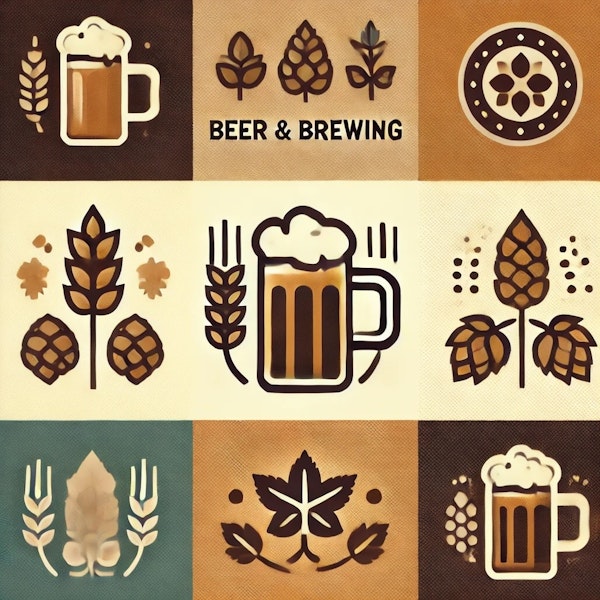
This Belgian-style amber ale should serve as a fine vehicle for any “concrete” sugar such as panela, piloncillo, rapadura, tapa de dulce, or jaggery.
Once derided as cheap adjuncts, sugars have become useful, flavorful tools for today’s creative brewers.
From the weather at the farms that grow the ingredients to every aspect of brewing and on to the climate in which we enjoy it, temperature affects beer profoundly. So, whether you’re gulping an ice-cold one in the desert or sipping a snifter by the fireside, let’s ponder beer’s ethereal, delicate nature—whatever the season.
For many of us, hop aromas are just about the most impenetrable of all smells. Yet understanding more about how the brain works with aromas can help us to make and enjoy really delicious beers.
One of the most beautiful things about beer is the product of sound brewing, proper service, and an unlikely convergence of chemical phenomena. But how much do you really know about what makes great foam? Let’s feed your head.
We know that we can get better at smelling and tasting beer, but how does it work? From Tasting Beer author and sensory guru Randy Mosher, here are some insights to help us identify and better understand our own strengths and weaknesses.
The processes that change beer’s flavor over time are complex, but by understanding them, we can better brew beers built to last—and we can better appreciate them when fresh.
Our growing awareness of thiols and other hop compounds are just scratching the surface of beer’s aromatic complexity. Inspired by some recent research into wine, Randy Mosher outlines a new model—aroma pools—that might help us think differently about how and what we smell in beer.
With the English tradition of stock ales and barleywines firmly in mind, here’s an original recipe from Randy Mosher. Note the options for oak-aging and Brett—but however you brew it, this is one to lay down for months or years.
Brewing up something big and ponderous, and looking for inspiration? The British barleywine tradition offers more quirks than you might think, including more funk, more hops, and more time.